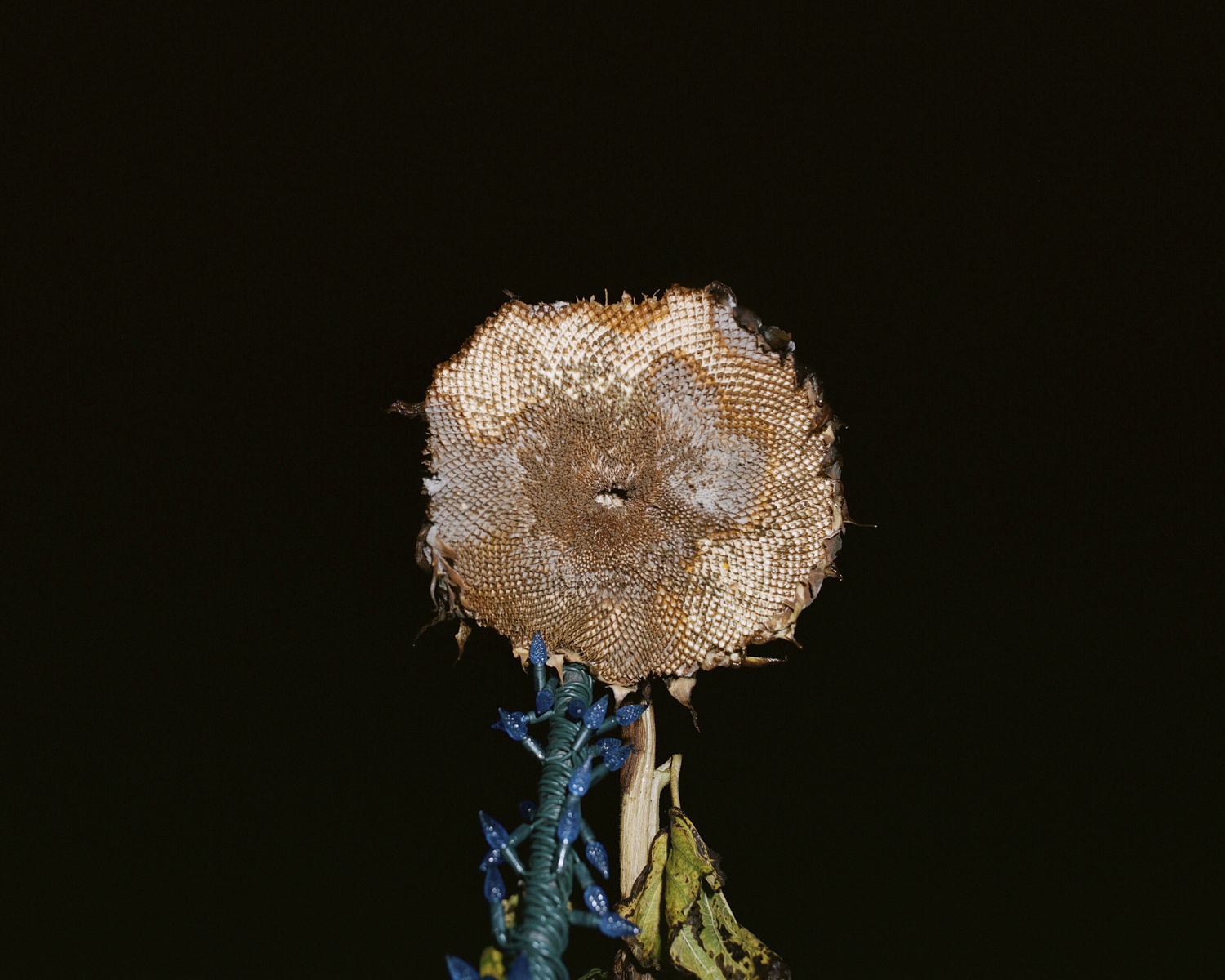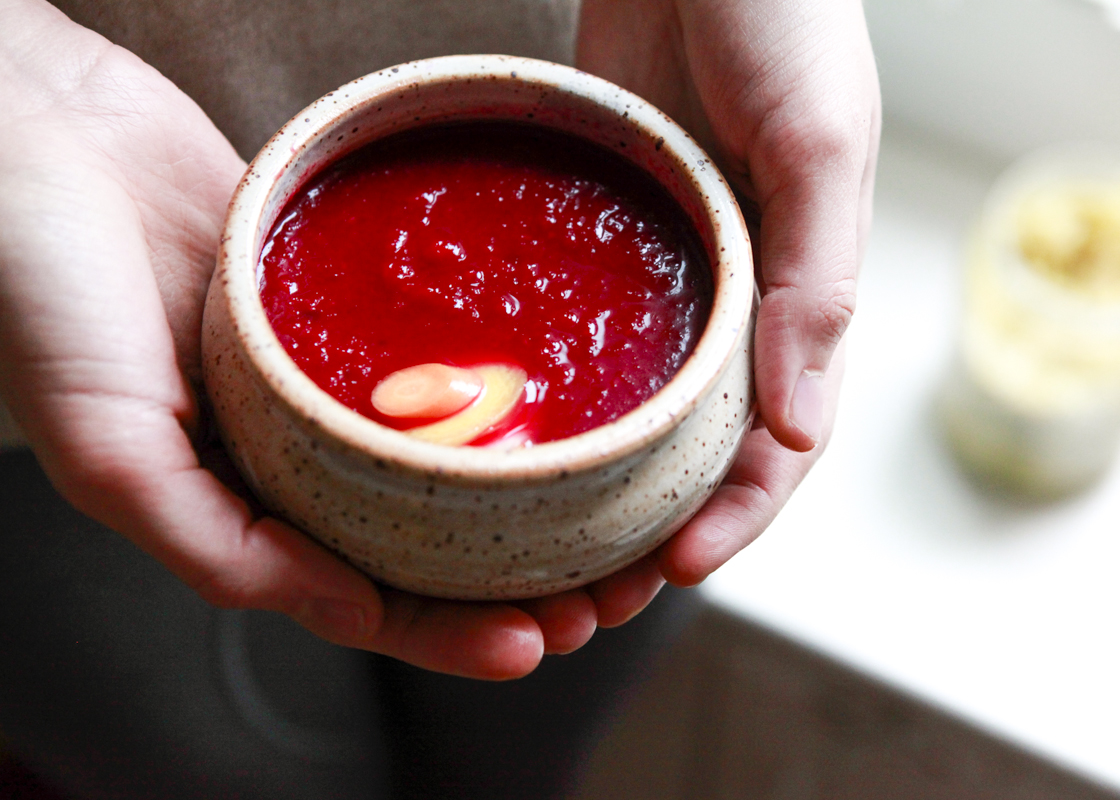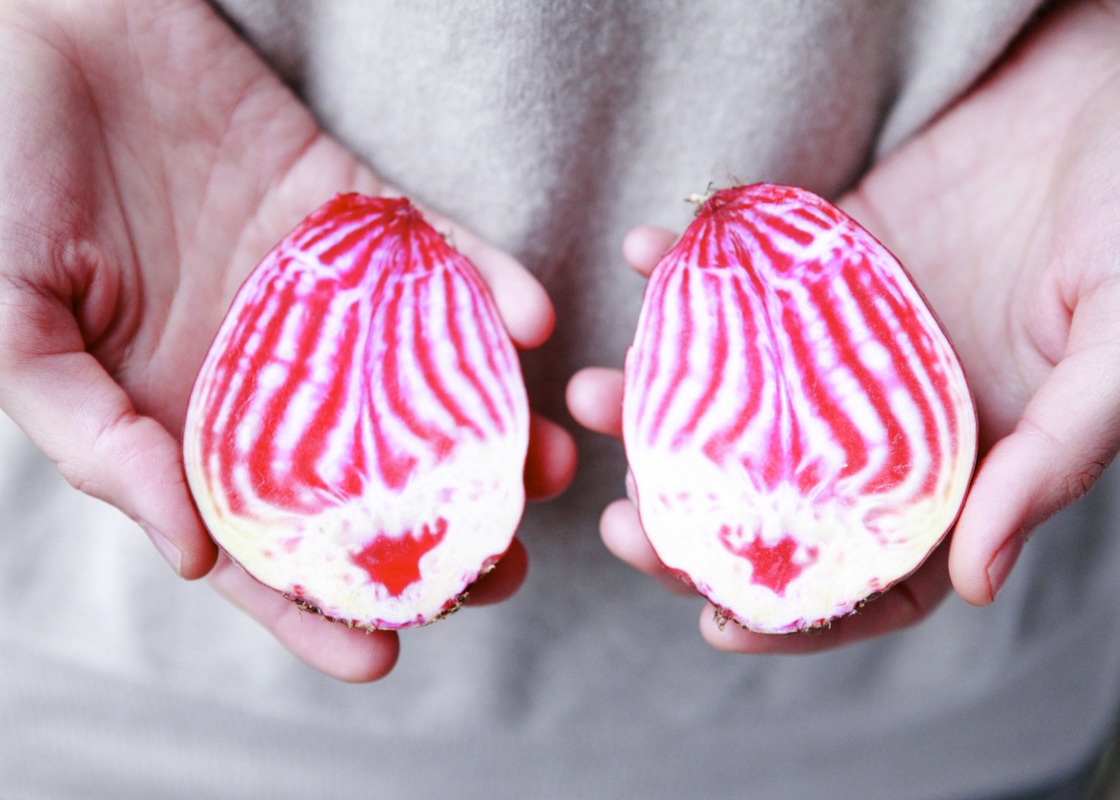 Note from Lucas O.: We’re all children of the sun, right? I’m not being religious, I’m just thinking of how bright we all become in summer, like sunflowers growing tall. This picture was taken last winter in Vancouver during a week of grey skies. Let’s say it’s time for some vitamin D!
Note from Lucas O.: We’re all children of the sun, right? I’m not being religious, I’m just thinking of how bright we all become in summer, like sunflowers growing tall. This picture was taken last winter in Vancouver during a week of grey skies. Let’s say it’s time for some vitamin D!
The sun is shrinking for us in the Northern Hemisphere and the longest night of the year soon approaches. The Christmas season–with all its twinkle lights and tinsel–can help to cheer our sun-starved spirits, but it’s not, alas, a substitution for the real thing. The Ultra-Violet (UV) B thing, that ray of sunlight that turns us brown (or red, depending) and, most importantly, stimulates our body’s production of vitamin D.
We tend to think more about vitamin D during winter; it is, after all, the “sunshine” vitamin, produced by our skin with exposure to UV-B light. Here in Geneva, we’ve had weeks, yes weeks, this season without so much of a hint that the sun still exists and this absence of sunlight really emphasizes the lack of vitamin D.
However, the more you learn about vitamin D, the more you realize you should probably be thinking of it more often, not only when the sun disappears. UV-B rays are fragile. Only 5% can penetrate glass (bad news if you’re working indoors for long hours) and 0% can get past clouds, smog or fog. Bad news for us cloudy/smoggy/foggy-city dwellers, indeed. Further, our exposure to UV-B rays is angle-dependent; the intensity of the rays varies according to altitude and latitude. It increases when altitude increases and decreases when latitude increases. Latitudes higher than 30 degrees have insufficient UV-B rays for two-six months of the year, while latitudes higher than 40 degrees are UV-B deficient for six-eight months, much longer than one winter season. (Detroit, hi, you’re at 42 degrees). Here in Geneva, at 46 degrees, our UV-B rays may be too weak even during the sunniest summer day. Unless you’re living at the top of a mountain, the majority of the Northern Hemisphere is UV-B deficient for the better part of a year. Anyone else want to move to Peru?
Even if you find yourself in a latitude where adequate exposure is possible during the summer, you still may find your vitamin D levels lacking. Remember that sage advice to avoid the sun from 10AM to 2PM and to slather self with sunscreen, shade eyes with lenses and protect head with hat? Well, in regards to D absorption, it wasn’t so wise. Sun exposure before 10AM and after 2PM causes burning from UV-A before it can supply sufficient vitamin D from UV-B. Sunscreen impedes absorption, as do sunglasses, hats, long-sleeves, and any other, well, coverings of the bod. This doesn’t mean that you must spend your entire summer in the buff to ensure vitamin D production, it just means you should spend 20-120 minutes (depending on skin type and color — the fairer the skin, the less exposure time needed and vice-versa) sun-bathing with as few accoutrements as possible.
But enough talk of summer sunshine and back to grey Geneva. How are we to receive the vitamin D necessary for proper calcium metabolism and strong, sturdy bones without those precious UV-Bs? The short answer is with supplements, of course!
The long answer is, as always, slightly more involved.
D2, D3 and You and Me
Vitamin D is available in food sources but, like its mineral friend Iron, there’s a difference between the D found in plant sources and the D in animal ones. Plant foods contain vitamin D2, or ergocalciferol, if you want to use a word to impress your nutritionist crush. Vitamin D is a fat-soluble vitamin and uses cholesterol as its primary building block. As plants do not contain cholesterol, they cannot build calcitriol, or vitamin D3, the more complete version found only in animal foods. D2 lacks many functions of D3 and thus animal-sources of vitamin D are preferred.
Simple! So, in order to fulfill my D requirements, I’ll just eat some D-rich animal foods like eggs.
And this is where things can get a bit confusing:
A chart may tell you that egg yolks have oodles of vitamin D. This is not exactly accurate. For example, an egg from a chicken who roamed in the sun and pecked insect-specked grasses will contain far higher levels of D3 than an egg from a bird that spent incubation to slaughter indoors. Vitamin D is, after all, the sunshine vitamin and if an animal’s never seen sunshine, that animal-food won’t contain any D3.
Factory farming has given animal foods an undeserved reputation and many practitioners of holistic wellness are hesitant to recommend the inclusion of them in one’s diet. During my studies of holistic nutrition, every single one of my instructors recommended a synthetic version of vitamin D3 over, say, some lard from heritage-breed pig or a poached egg from a pasture-raised chicken. This I found confusing, considering that I chose to study a more alternative approach to nutrition in order to avoid lab-created supplements; in my opinion an isolated, synthetic version of a substance is far less nourishing than the integrated, natural version (if I’m taking vitamin C for my immune system, eating sauerkraut also provides me with, not only loads of vitamin C, but also immune-boosting probiotics. Now, that’s what I call a whole supplement.)
And so I invite all of ye of the higher-latitude, lower-altitude ilk to join me this season, every season in fulfilling our vitamin D requirements the whole food way. With lard and eggs, wild-caught oily fish like herring and mackerel, wild-caught salmon, grass-fed butter, and liver from pasture-raised animals. And if you, like me, find yourself dwelling at a latitude higher than 45 degrees, perhaps a daily spoonful of cod-liver oil, the highest food source of vitamin D3, with your egg breakfast.
References:
Sullivan, Krispin. “The Miracle of Vitamin D.” http://www.westonaprice.org/health-topics/abcs-of-nutrition/the-miracle-of-vitamin-d/ Published on: December 31, 2000.

